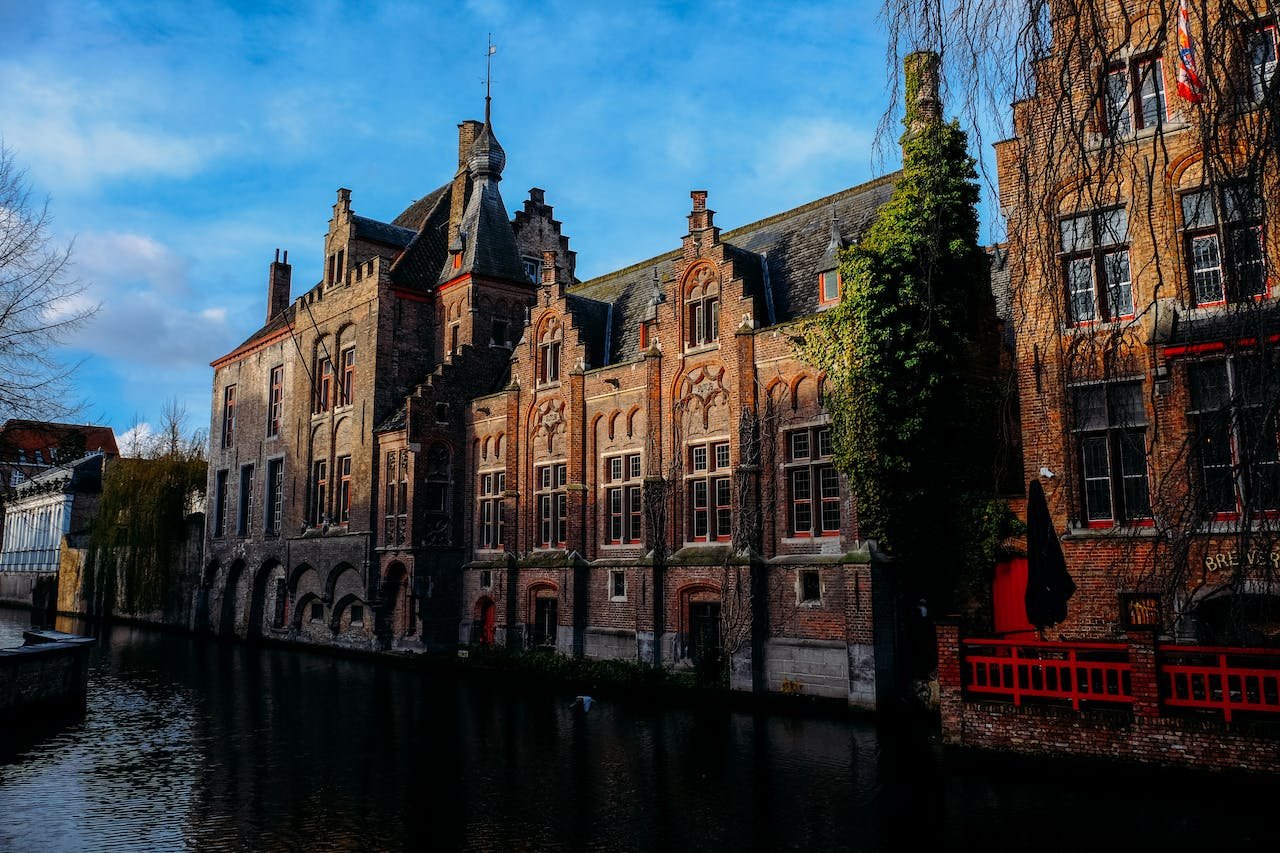Gothic Architecture: A Symphony of Stone and Light
Gothic architecture, a marvel of the medieval era, emerged as a transformative departure from the classical traditions that preceded it. Characterized by soaring spires, pointed arches, and intricate ornamentation, Gothic architecture left an indelible mark on the landscape of Europe, defining the grandeur of cathedrals and inspiring awe for centuries.
Origins and Evolution:
Gothic architecture took root in the 12th century in France and rapidly spread throughout Europe during the High and Late Middle Ages. It evolved from the Romanesque style, characterized by thick walls and small windows, into a more refined and innovative form. The term “Gothic” was initially used pejoratively during the Renaissance, reflecting a view that associated the style with the “barbaric” Goths. However, in time, the term came to represent a unique and influential architectural movement.
Key Features of Gothic Architecture:
- Pointed Arches:
- One of the defining features of Gothic architecture is the use of pointed arches, replacing the rounded arches of earlier styles. This innovation allowed for greater height and a sense of verticality in buildings.
- Ribbed Vaults:
- Gothic cathedrals often feature ribbed vaults, a system of intersecting arches that distribute the weight of the roof more efficiently. This structural innovation enabled the construction of larger, open interior spaces.
- Flying Buttresses:
- External supports known as flying buttresses were introduced to counteract the outward thrust of the vaults. This allowed for the creation of expansive windows and intricate stained glass without compromising the structural integrity of the building.
- Gargoyles and Grotesques:
- Elaborate stone carvings, including gargoyles and grotesques, adorned the exteriors of Gothic cathedrals. These sculptures served both decorative and functional purposes, channeling rainwater away from the building.
Notable Examples:
- Chartres Cathedral (Chartres, France):
- A masterpiece of French Gothic architecture, Chartres Cathedral is renowned for its towering spires, intricate rose windows, and a labyrinthine interior. It stands as a testament to the skill and artistry of medieval craftsmen.
- Notre-Dame Cathedral (Paris, France):
- The Notre-Dame Cathedral, before the devastating fire in 2019, exemplified the grandeur of French Gothic architecture. Its iconic facade, flying buttresses, and stunning rose windows captivated visitors from around the world.
Symbolism and Spirituality:
Gothic architecture was not merely a technical achievement; it was imbued with symbolism and a deep sense of spirituality. The verticality of Gothic cathedrals was thought to draw the eyes heavenward, symbolizing the aspiration for divine connection. Stained glass windows, with their vibrant colors and biblical narratives, served as a medium through which the divine could illuminate the sacred spaces.

The Decline and Revival:
By the late medieval period, Gothic architecture began to wane in popularity as Renaissance ideas gained traction. The Renaissance favored classical ideals, and Gothic was perceived as outdated. However, the Gothic Revival in the 19th century saw a renewed interest in medieval architecture. Architects like Augustus Pugin and George Gilbert Scott led the revival, incorporating Gothic elements into the design of churches, universities, and government buildings.
Contemporary Influences:
While modern architecture often explores diverse styles, the influence of Gothic architecture persists. Contemporary architects may draw inspiration from Gothic elements, integrating pointed arches or ribbed vaults into their designs. The enduring appeal lies in the evocative power of Gothic structures, which continue to capture the imagination and resonate with a sense of mystery and awe.
Conclusion:
Gothic architecture, with its pointed arches reaching towards the heavens and intricate stone lacework, stands as a testament to the ingenuity and artistic spirit of the medieval builders. From the majestic cathedrals that define European skylines to the resurgence of Gothic elements in contemporary design, this architectural style remains a timeless expression of humanity’s quest for the divine and the sublime. In the delicate dance of stone and light, Gothic architecture invites us to explore the profound intersection of spirituality, artistry, and engineering.
